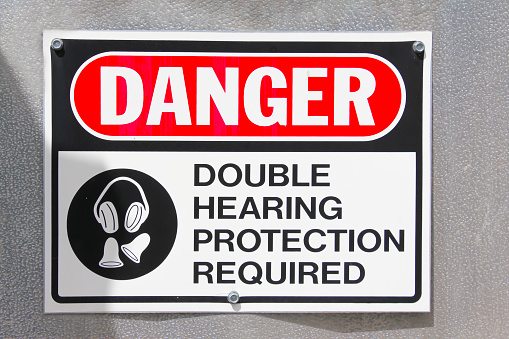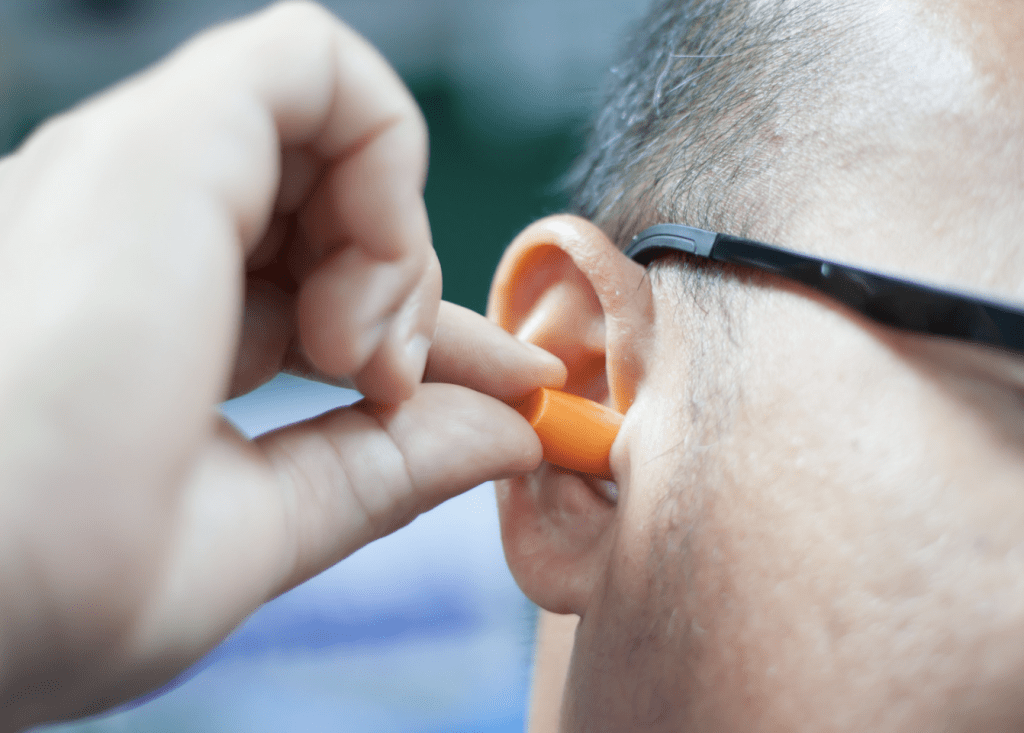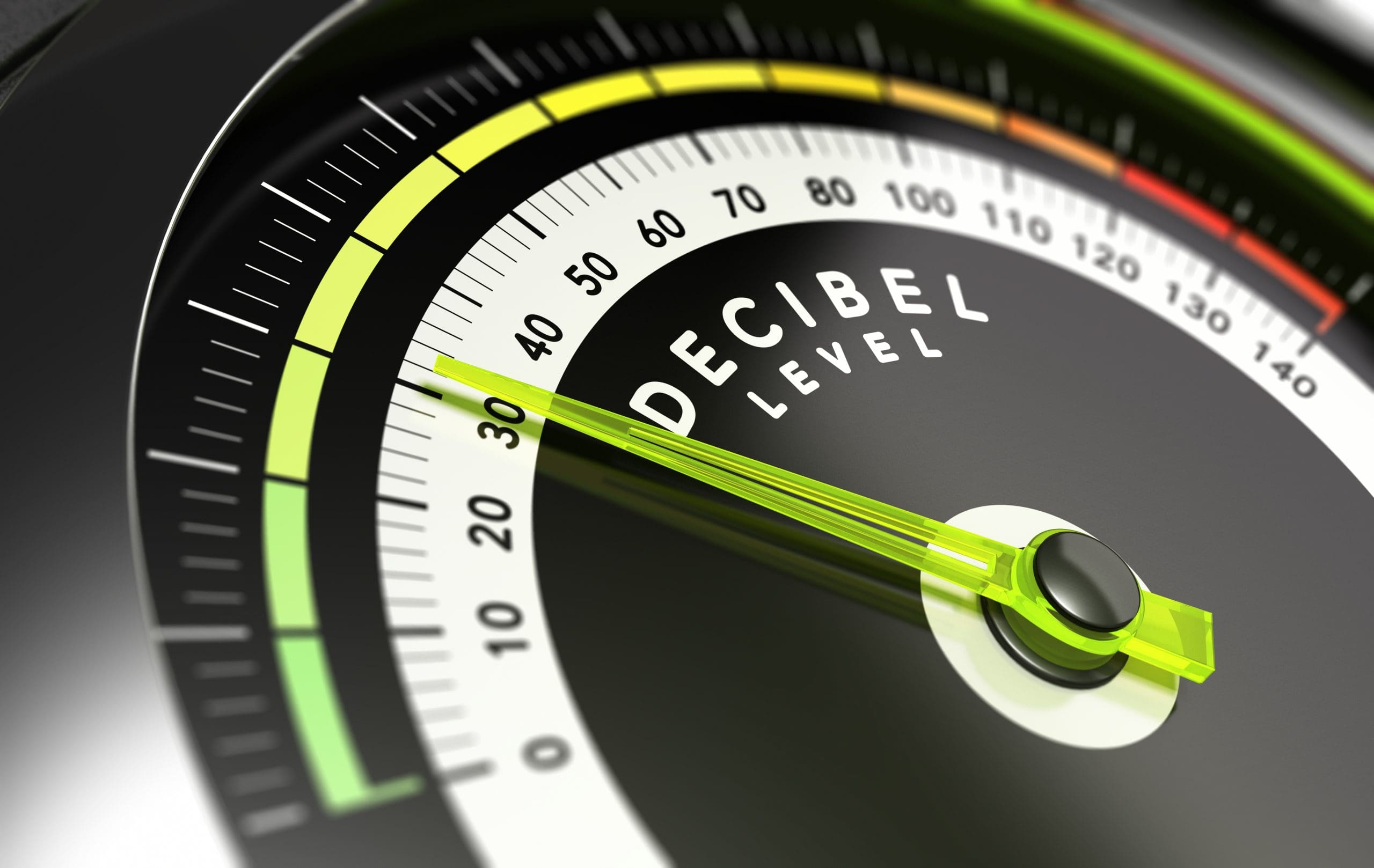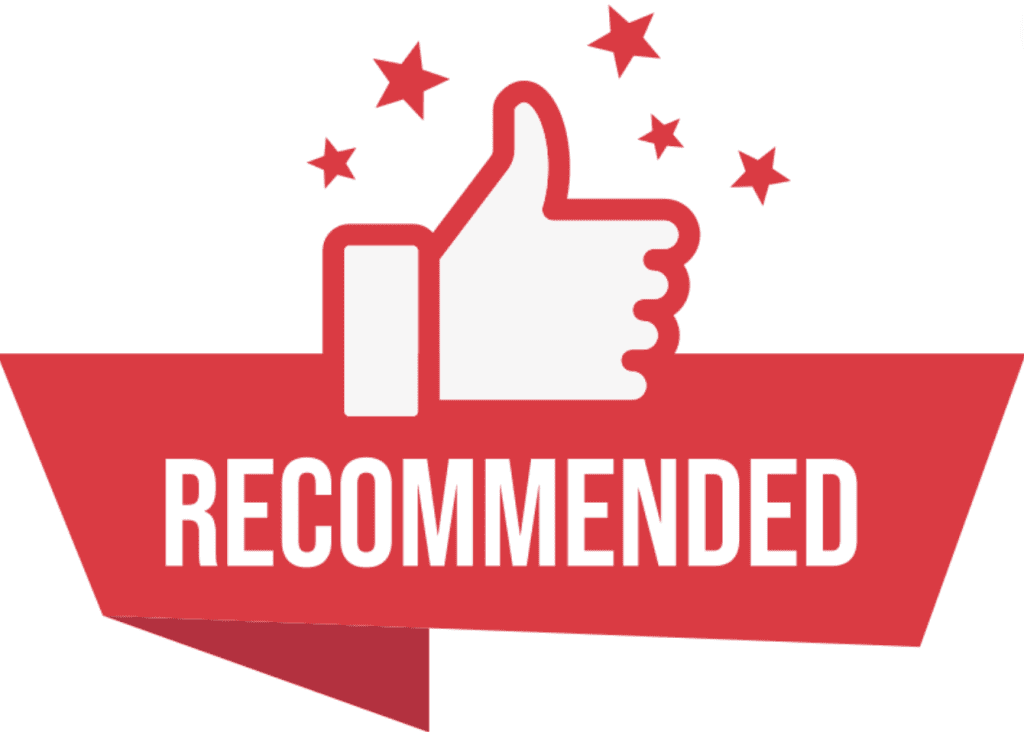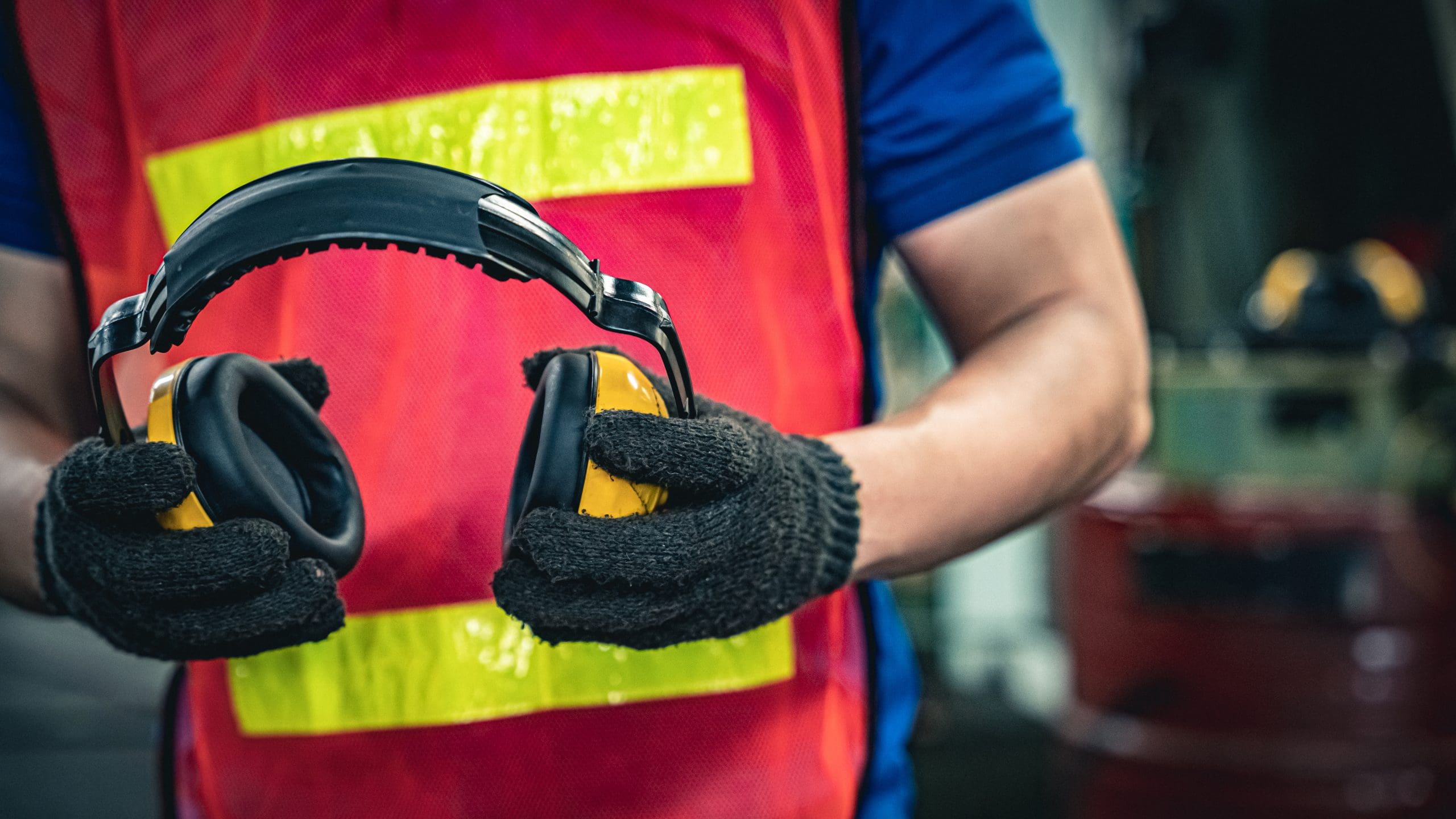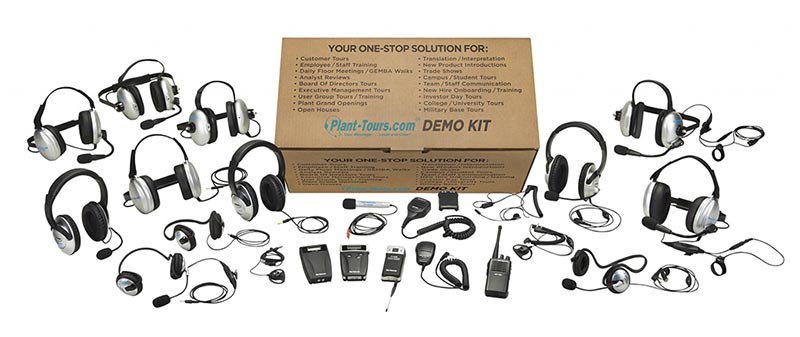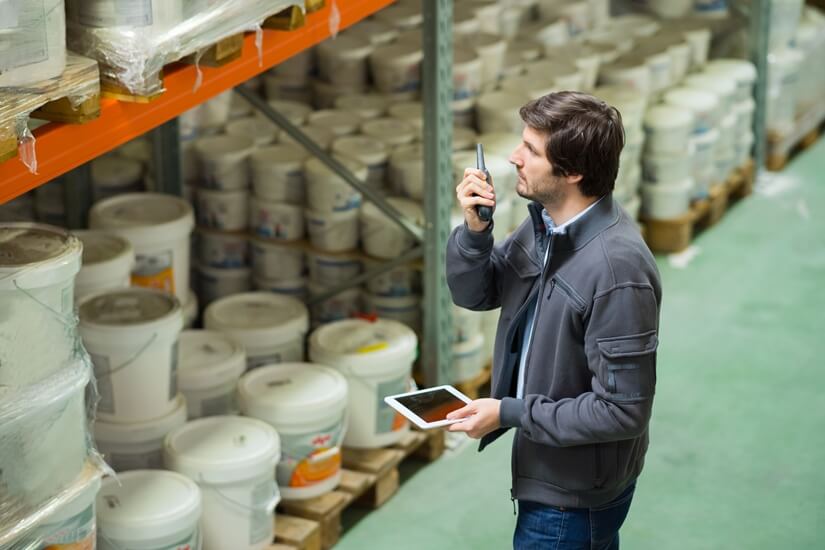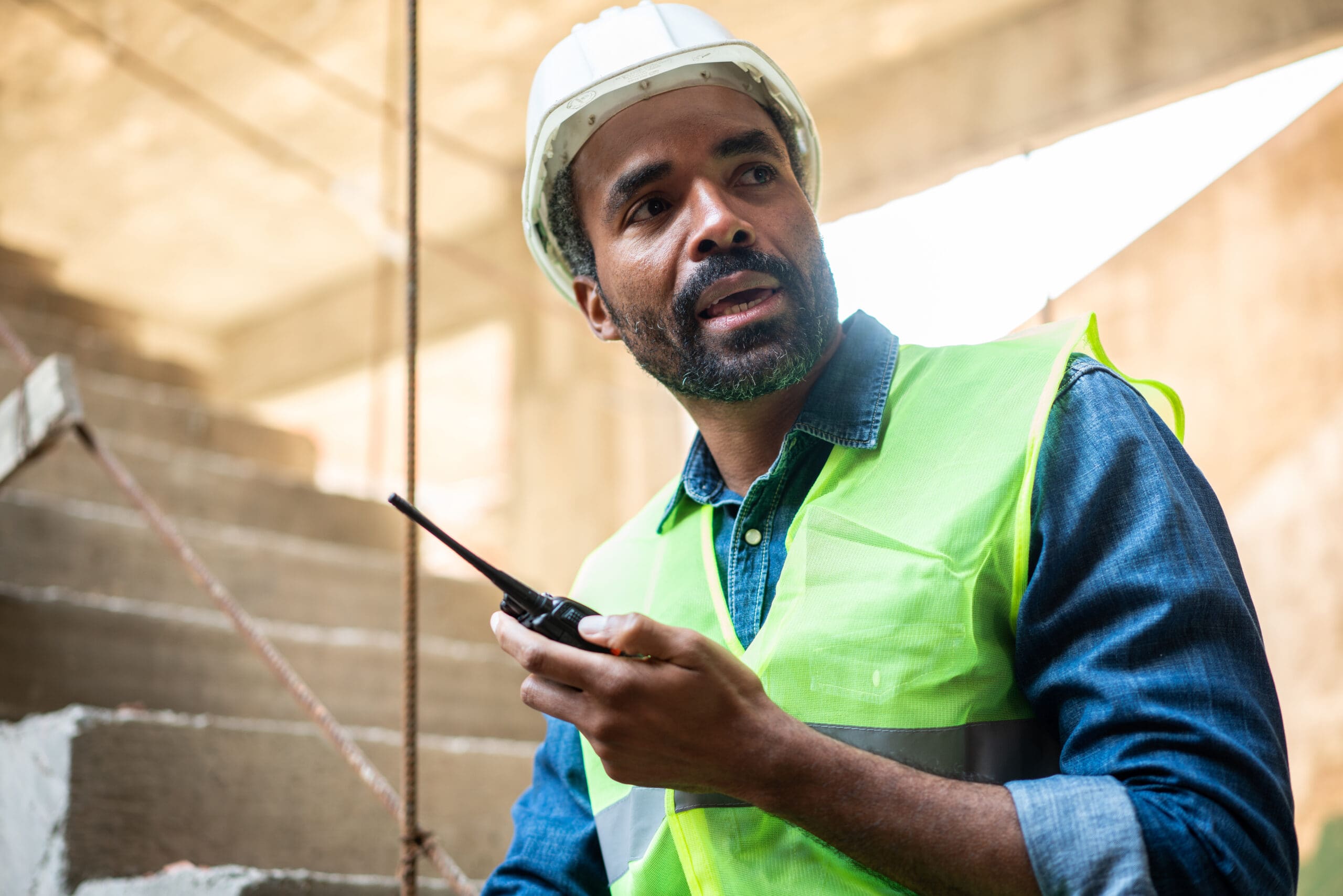Occupational noise exposure can be a serious health risk in countless work environments around the world. When it comes to loud noise, hearing protection devices (aka HPDs) are the first line of defense. The most common types of hearing protection — used daily by anyone such as gardeners, musicians, nursery assistants, airport workers, etc. — are your standard earmuffs and earplugs. However, when workplace noise levels reach a certain point, average hearing protectors may not be enough. This is common in industries such as manufacturing, construction, and food processing. In these industries, you might want to consider double hearing protection.
What is Double Hearing Protection
The concept of double hearing protection is a fairly straightforward one. In any given loud environment there is a risk of hearing damage. But that risk is tenfold when loud noise is part of your job. Therefore, to ensure workers’ overall health and safety, employers and employees in industries where noise hazards are commonplace must implement and adhere to certain rules and regulations. This includes providing and utilizing the proper personal protective equipment (PPE).
In most cases, the attenuation produced by a pair of ear plugs or ear muffs is sufficient enough to ensure adequate protection for the wearer. Meanwhile, double hearing protection (aka dual protection, or DHP) — as the name suggests — means the ear protection level is doubled. So, DHP can be as simple as wearing earplugs and earmuffs together.
When is Double Hearing Protection Needed?
The importance of hearing protection in noisy environments — be it single or double — cannot be overstated, as the human ear is simply not designed to handle a certain level of decibels without negative consequences.
Most noises we hear daily don’t exceed around 60 decibels (A-weighted), or 60 dbA. However, exposure to any noise above 70 dbA can lead to a hearing threshold shift (aka TS). This is our ear’s natural way of protecting itself. However, a TS essentially makes our ears less sensitive to sounds. In other words, depending on exposure levels, a hearing threshold shift can lead to short-term, long-term, or even permanent noise-induced hearing loss.
That’s why both the U.S. Environmental Protection Agency (EPA) and the World Health Organization (WHO) recommend maintaining environmental noises below 70 dBA over a 24-hour period (and below 75 dBA over 8 hours). If the noise levels in your environment tend to be greater than that, some form of hearing protection is vital.
The use of double hearing protection, meanwhile, depends solely on the safety culture of the specific workplace. But it is quite commonplace —and often a requirement — in environments where sound levels frequently exceed 95 dbA.
Regulations and Standards
The Occupational Safety and Health Administration (OSHA) has specific standards for dealing with noise exposure. Employers in the U.S. must adhere to these standards by implementing adequate hearing conservation programs and the appropriate rules and regulations. Double hearing protection is not an OSHA requirement yet. Nevertheless, many experts attest to its overall benefits.
For example, according to the National Institute for Occupational Safety and Health (NIOSH), any worker whose 8-hour time-weighted average (TWA) exposure exceeds 100 dBA should wear double hearing protection. The Mine Safety and Health Administration (MSHA) requires DHP in mining operations where exposure levels exceed 105 dBA (within exposure times of an 8-hour TWA). Countless industrial, manufacturing, construction, and other workplaces around the country, therefore, either recommend or mandate DHP for their employees.
How to Choose the Correct Double Hearing Protection
There are a few things to consider if you do opt for using DHP. First, you want to be sure you always have the proper noise measurements for your environment. Knowing how loud things can get will determine the proper PPE for you and your team.
You should also familiarize yourself with all your devices’ noise reduction ratings (NRRs). NRRs measure how well your device reduces noise levels, and in the U.S., they are based on standards and regulations set by EPA and the American National Standards Institute (ANSI). While most earplugs and earmuffs on their own can reduce noise levels from around 15 to 30 dbA, combining them (i.e., DHP) can offer an NRR protection level of around 35 dbA. That means that your ears should be okay in most environments where noise levels exceed 95 dbA. Keep in mind that earplugs are also generally better for low-frequency noise, while earmuffs are better for high-frequency noise.
Double hearing protection isn’t always necessary either — especially if your singular hearing protection device is in good condition and used as intended. Properly wearing and caring for your HPD is also essential. For example, the cups of your earmuffs should always cover your entire outer ear, the seal should be tight, and the headband should be adjusted accordingly. Meanwhile, earplugs — when worn properly — should fit completely inside your ear canal. Make sure you have the right sizes and that your ear is both comfortable and fully protected. It’s also equally important to frequently check your HPDs for signs of wear and tear such as cracks or rips.
Remember that the safety of many worksites depends on both ongoing verbal communication between workers and a high level of awareness of one’s surroundings — including the noises produced therein. Double hearing protection ultimately greatly limits what you can hear. If you do choose to use DHP — make sure that it is essential.
Depending on how loud your environment gets, properly doubling up on your hearing protection can help contribute to the overall productivity, safety, and health of everyone involved.
